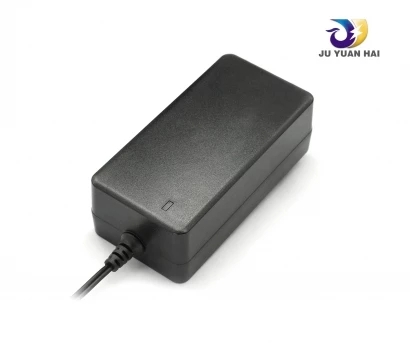

Understand the functions and classifications of USB adapters. @ @ 000USB adapters are interface converters used to connect different types of devices. It has various types to meet the connection needs between different devices.
1. USB Type-C adapter USB Type-C adapter is a widely used adapter for modern devices. It uses a USB Type-C interface and can connect to devices such as computers, phones, tablets, etc. This adapter can be converted into interfaces such as HDMI, VGA, USB 3.0, etc., enabling high-speed data transmission and video output between devices.
2. The USB to Ethernet adapter is a converter used to convert a USB interface to an Ethernet interface. It can achieve wired network connections on devices without Ethernet interfaces, such as some laptops and tablets. Through this adapter, users can easily connect to the network and achieve more stable network transmission speed.
3. USB to audio adapter USB to audio adapter is a device that converts a USB interface into an audio interface. It can connect a USB interface to a computer or phone, and provides a headphone jack or microphone jack. This adapter is suitable for devices without a headphone jack, allowing users to connect headphones, speakers, or other audio devices and enjoy a high-quality audio experience.
Understand the usage scenarios of USB adapters 1 Expanding device connectivity to USB adapters can help users connect external devices on devices without corresponding interfaces. For example, by using a USB to Ethernet adapter, users can connect their laptop to a wired network without the need for a built-in Ethernet interface. In addition, USB adapters can also connect mobile phones to external devices such as printers and cameras, expanding the device's connectivity capabilities.
2. The display screen connected to certain devices may be limited and cannot meet the user's multi-screen work needs. By using a USB Type-C adapter, users can connect their device to an external display, enabling multiple screens to work simultaneously. This is particularly useful for users who need to process large amounts of data or view multiple applications simultaneously.
3. Users who need higher quality audio to improve their audio experience can connect headphones or speakers through a USB to audio adapter. Especially for devices that do not have a headphone jack on laptops or mobile phones, audio output can be easily achieved through adapters, improving the audio experience.
Summary: USB adapters serve as a bridge to connect different types of devices, helping users expand their connectivity and improve their user experience. By understanding different types of adapters and their usage scenarios, users can better choose adapters to meet their needs.
